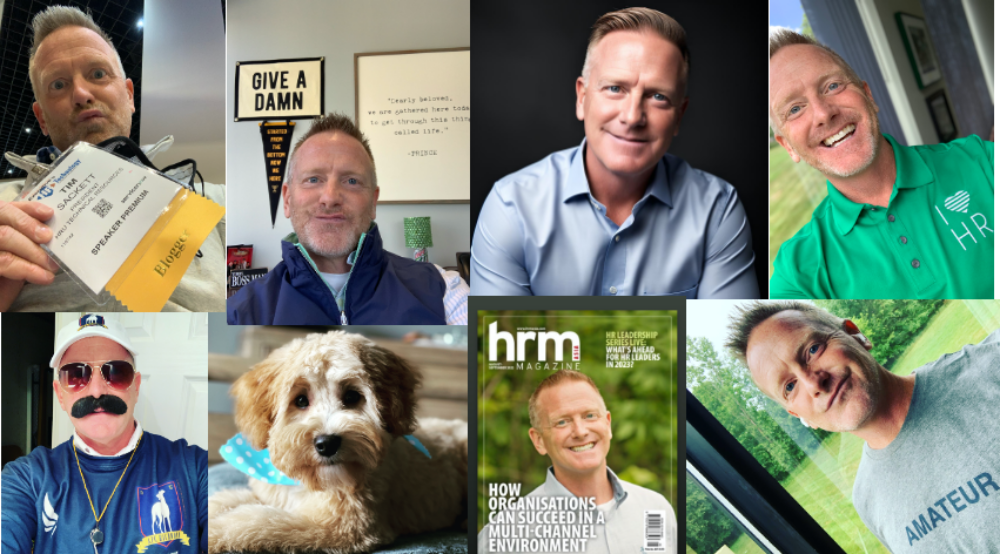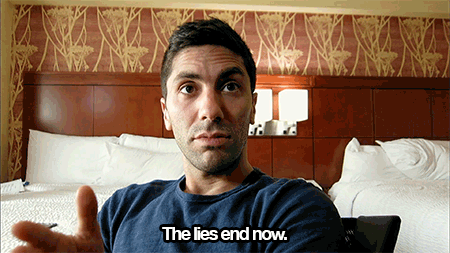It takes a village. That’s what Hillary told us in her famous children’s book. You can’t raise a child by yourself, it takes a village to raise a child fully. At least that’s our hope and ideal.
I think it takes a village to hire correctly as well, and I’m not talking about the village of TA and HR. I’m talking about the village of our entire organization.
My team constantly finds themselves searching for talent for clients who struggle to understand that just because we are third party, it still takes a village to hire the best talent for your organization. We still need the insight from TA and HR on why your organization is the one our candidate will want to work for. We need the hiring manager to tell us why her job and her team are the right fit for our candidate, etc.
The exact same thing has to happen when you do talent acquisition in-house as well.
For me, this starts with the hiring manager and the team that has the need for additional talent. While TA will take the lead on the project and do most of the heavy lifting, the single most critical person in recruiting is the person who will ultimately make the hire decision.
Too many leaders want TA to just hire on their own. To hire alone. This doesn’t work well, if at all. “Just go find me some candidates!”
The best hiring managers I have ever worked with always took ownership of this process and did a few things that set them apart from every other hiring manager:
1. They made sure everyone involved in the process knew exactly what they needed in a candidate. Crystal clear.
2. They made sure that the team had every piece of information needed to do this as quickly as possible. “Oh, the job description is crappy, let’s build a new one, right now!”
3. They got involved in sourcing potential candidates for the position, and got their team involved in doing this as well, and didn’t stop until the position was filled.
4. They made filling the position a priority in their schedule for all things related to filling this position.
5. They crafted a communication strategy to ensure they knew, easily, what was going on with this position on an ongoing basis. No judgement, just facts, and how can they help at each bottleneck.
If we all worked with leaders who did these five simple things, hiring in our organizations would be simple! I could argue hiring would be enjoyable, in this state!
Too often in talent acquisition, we are asked to hire alone. Just go out and fill positions and stop bitching. That is usually coming from leaders who actually don’t know how to help, so their frustration comes out in these types of behaviors. They are feeling the pressure and pain as well.
I find if we can give them these five steps, these five deliverables, they actually become a great teammate in getting the job done. If they understand what their role is, and what your role is, everything can move along rather well, in most cases.
Don’t allow yourself to be put in a position where you are constantly being asked to hire alone. While you might feel like that’s your job, it’s not, your job is to lead a dynamic process that involves many people. The biggest job of TA is to deliver great project management on each position they are working and ensure everyone knows the role they are playing.




